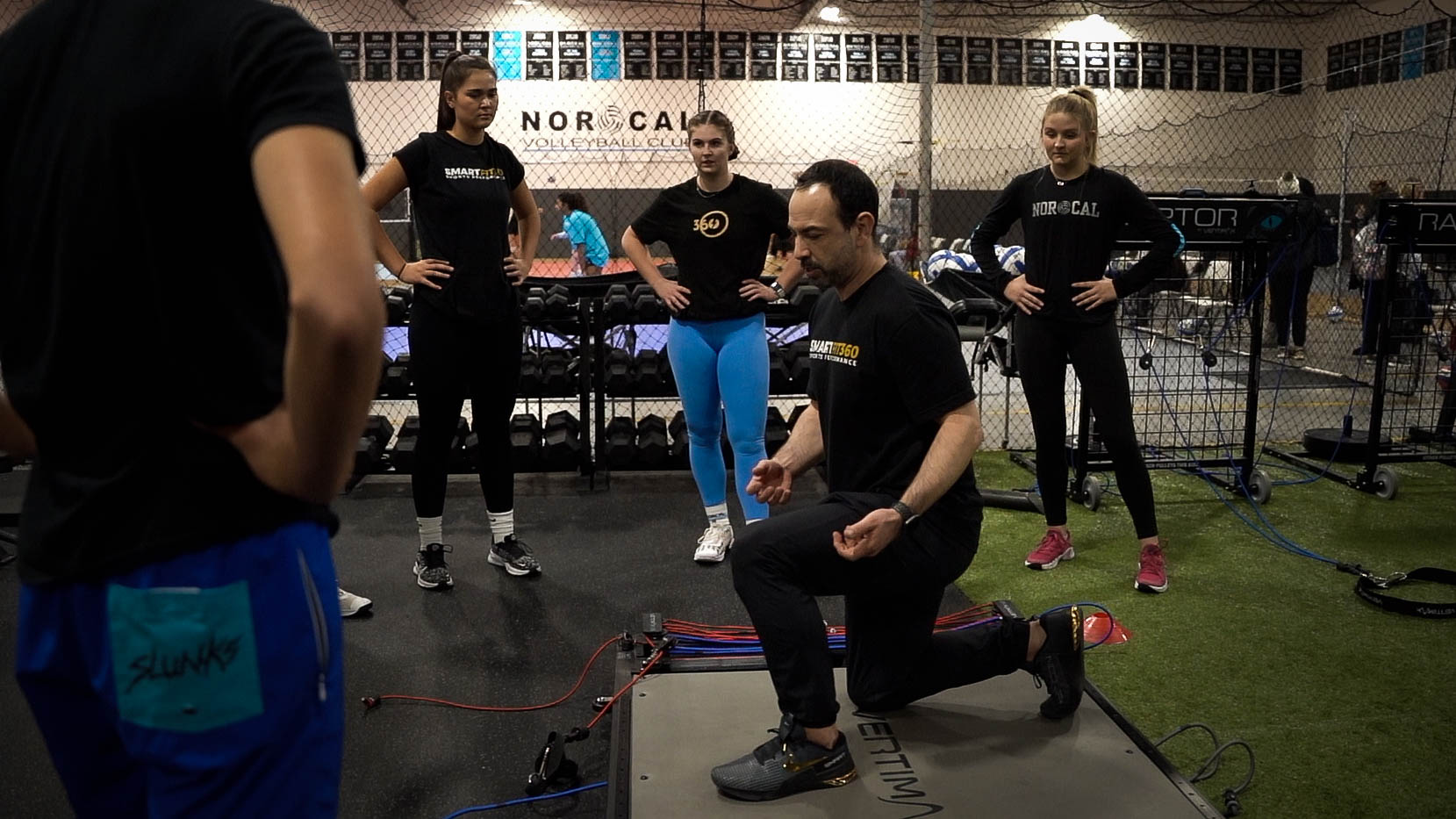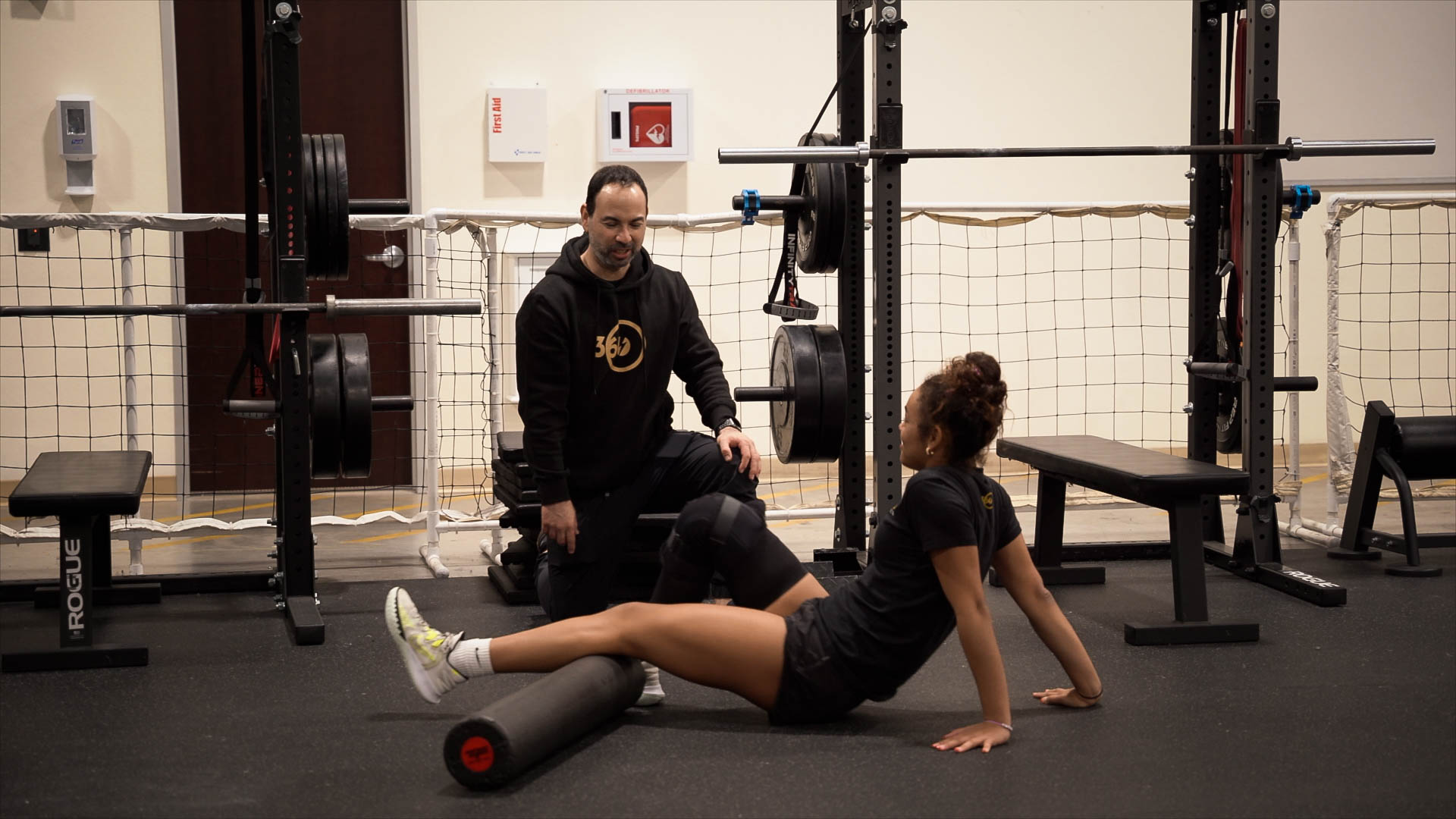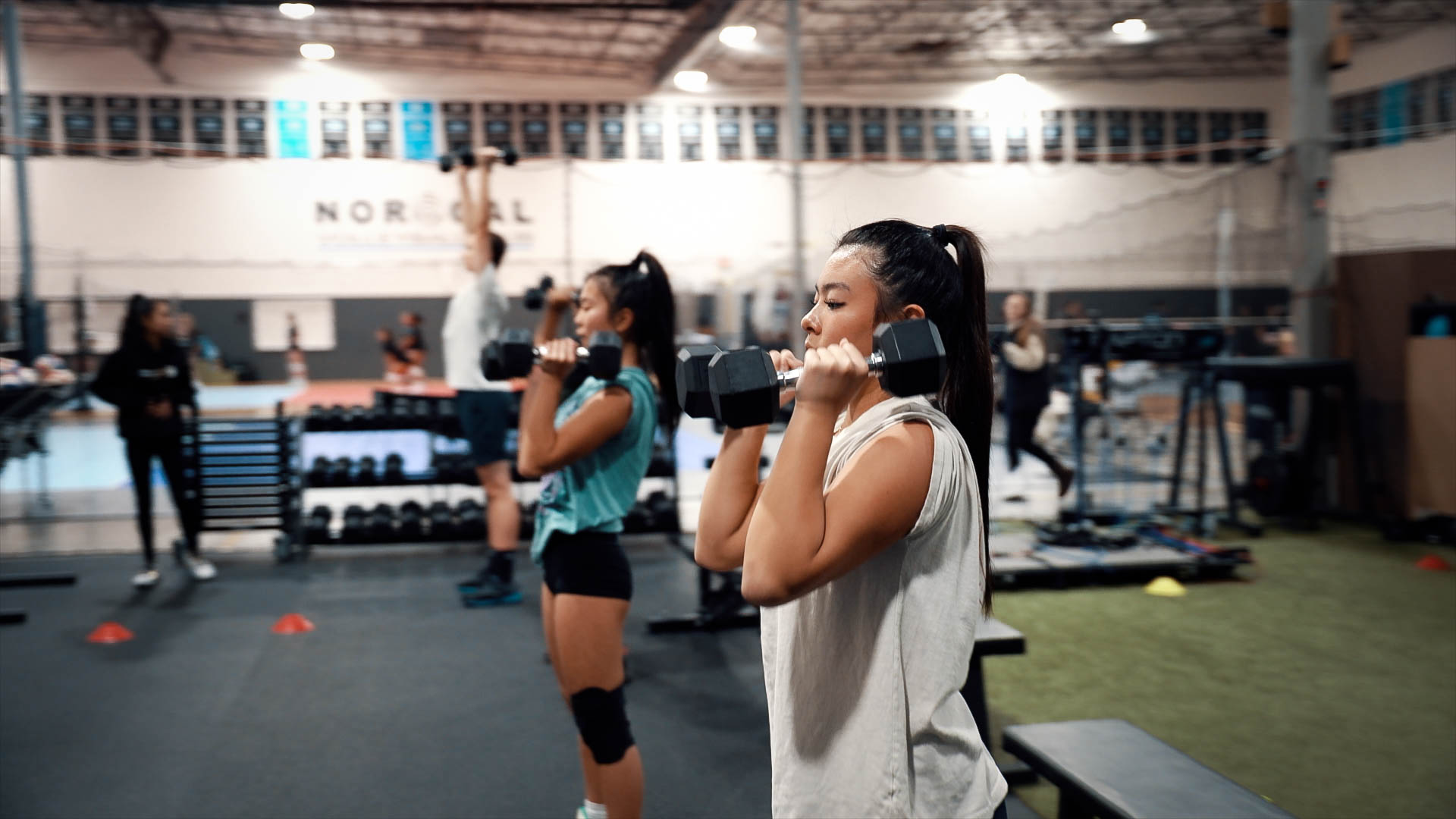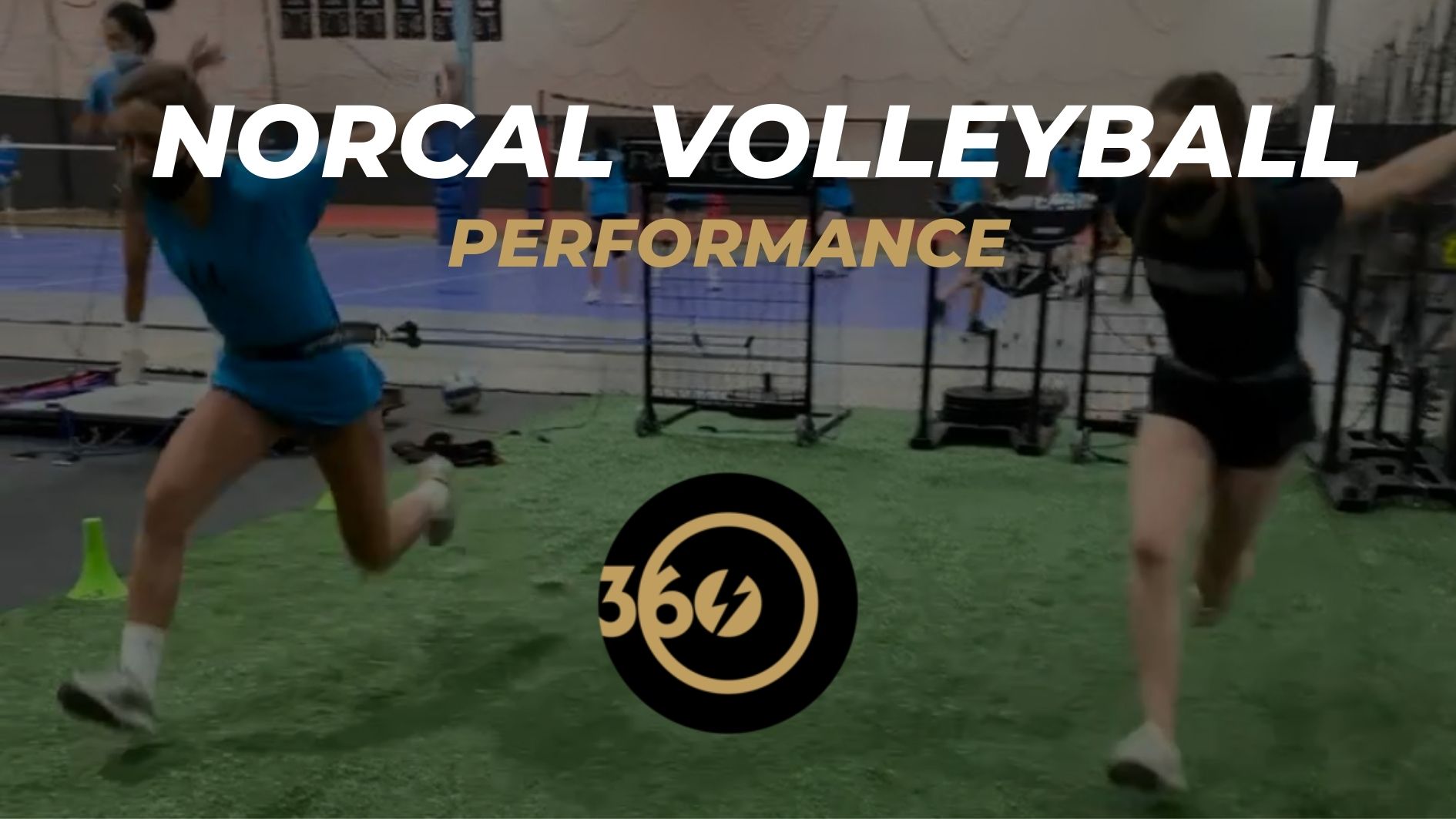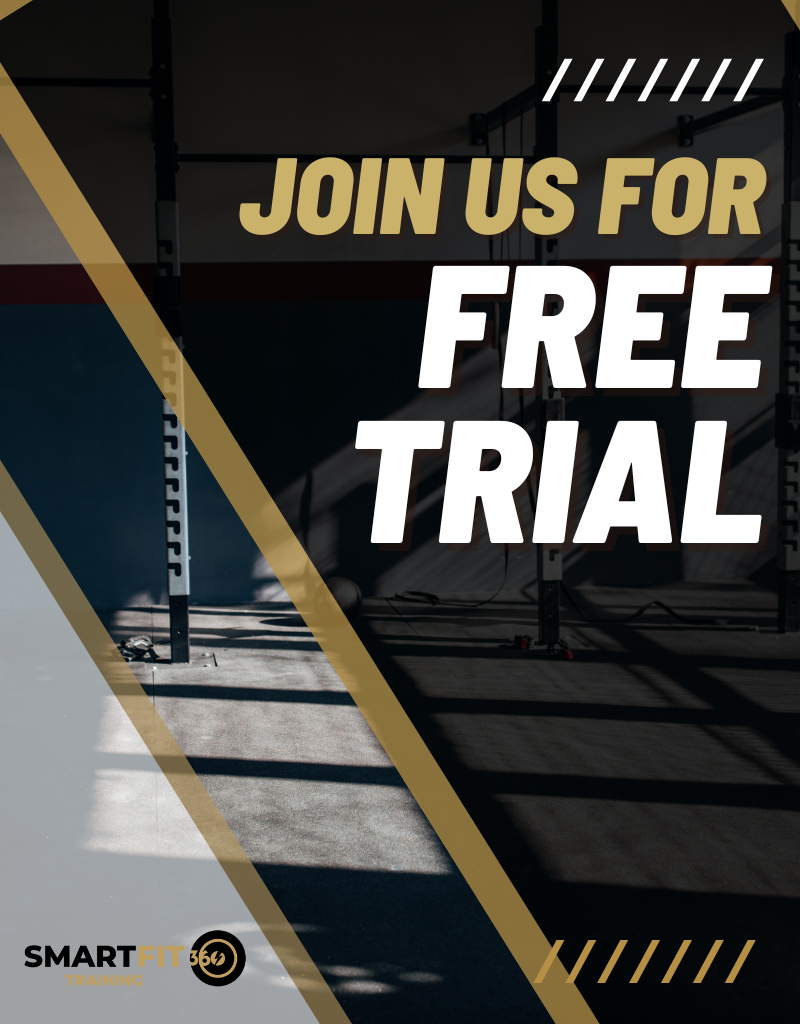Blog
HOW TO IMPROVE VERTICAL JUMP WITH SMARTFIT360: THE STRENGTH EXERCISES
How to Improve Vertical Jump with SMARTFIT360: Different Components Coaching young athletes within all sports from Basketball, Football, Volleyball etc. The Number one comment or
Why the Warm-up is an Essential Component of Every Workout Session?
THE YOUTH ATHLETE: PART 1 – “WARM ME UP, COACH“ Often I see young athletes begin a training session without performing a crucial component of

